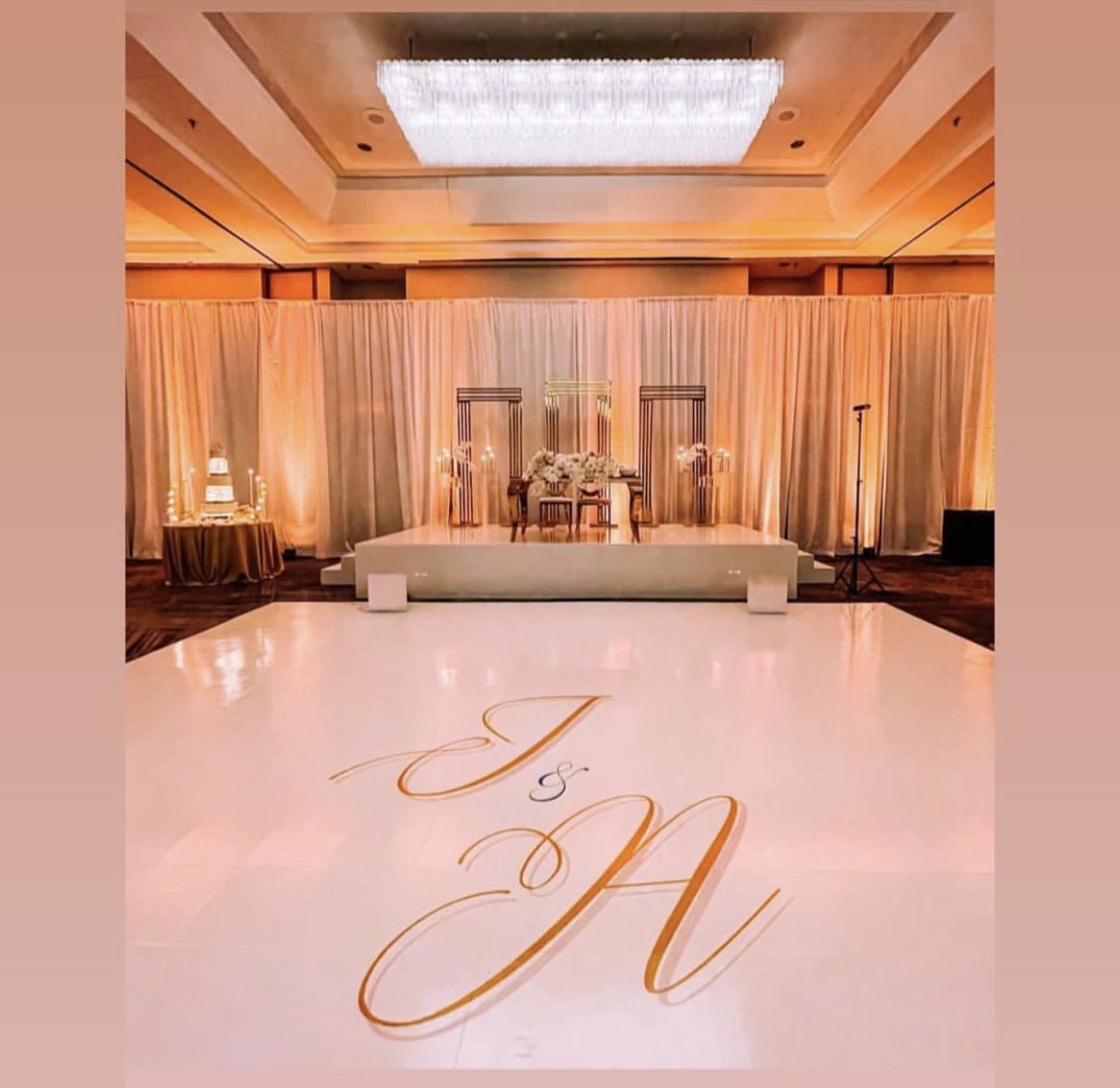
One notable pattern in responsive LED dance floors is the incorporation of smart tech. Many recent designs feature detectors that identify movement and modify the lighting in response. This means that the surface can alter colors, designs, and effects based on how numerous individuals are dancing and their location they are positioned. This responsiveness fosters a dynamic environment that encourages participation and enthusiasm. Additionally, some designs enable users to manage the lighting through smartphone apps, providing them the power to tailor their experience in the moment.
Another important trend is the utilization of sustainable resources and energy-efficient technology. As ecological concerns grow, many creators are concentrating on creating light-emitting diode dance surfaces that are not only visually impressive but also eco-friendly. This comprises using repurposed materials for the floor's building and implementing power-efficient LED illumination. These advancements help reduce the environmental impact of gatherings while still providing a mesmerizing visual encounter. By focusing on sustainability, creators are appealing to a more ecologically conscious crowd.
The incorporation of enhanced virtual reality (AR) is also transforming the responsive dance surface experience. AR tech allows users to see virtual graphics and visuals overlaid on the real environment through their mobile devices or AR spectacles. This can enhance the dancing surface experience by introducing virtual elements that engage with the physical space. For example, performers might see moving characters or graphic displays that respond to their actions, creating a unique and engaging atmosphere. This pattern is particularly appealing to millennial audiences who are accustomed to virtual interactions in their everyday activities.
Furthermore, the styling of responsive LED dancing surfaces is growing more versatile and modifiable. Many new designs can be easily set up in different environments, from short-term events to long-term installations. This adaptability enables venues to develop tailored experiences that address to various themes and audiences. Some designs even feature modular the original source parts that can be rearranged to create varied shapes and arrangements. This adaptability not only enhances the visual attractiveness but also enables for creative design in gathering planning.
In conclusion, the prospects of interactive LED dancing floors is being shaped by innovative styling trends that focus on innovation, eco-friendliness, augmented virtual reality, and flexibility. These advancements are producing more engaging and captivating experiences for users, establishing dancing floors a central feature of recreational locations. As these trends continue to advance, they will probably redefine how people engage with sound and movement, ensuring that responsive light-emitting diode dancing floors remain a popular option for gatherings and celebrations.